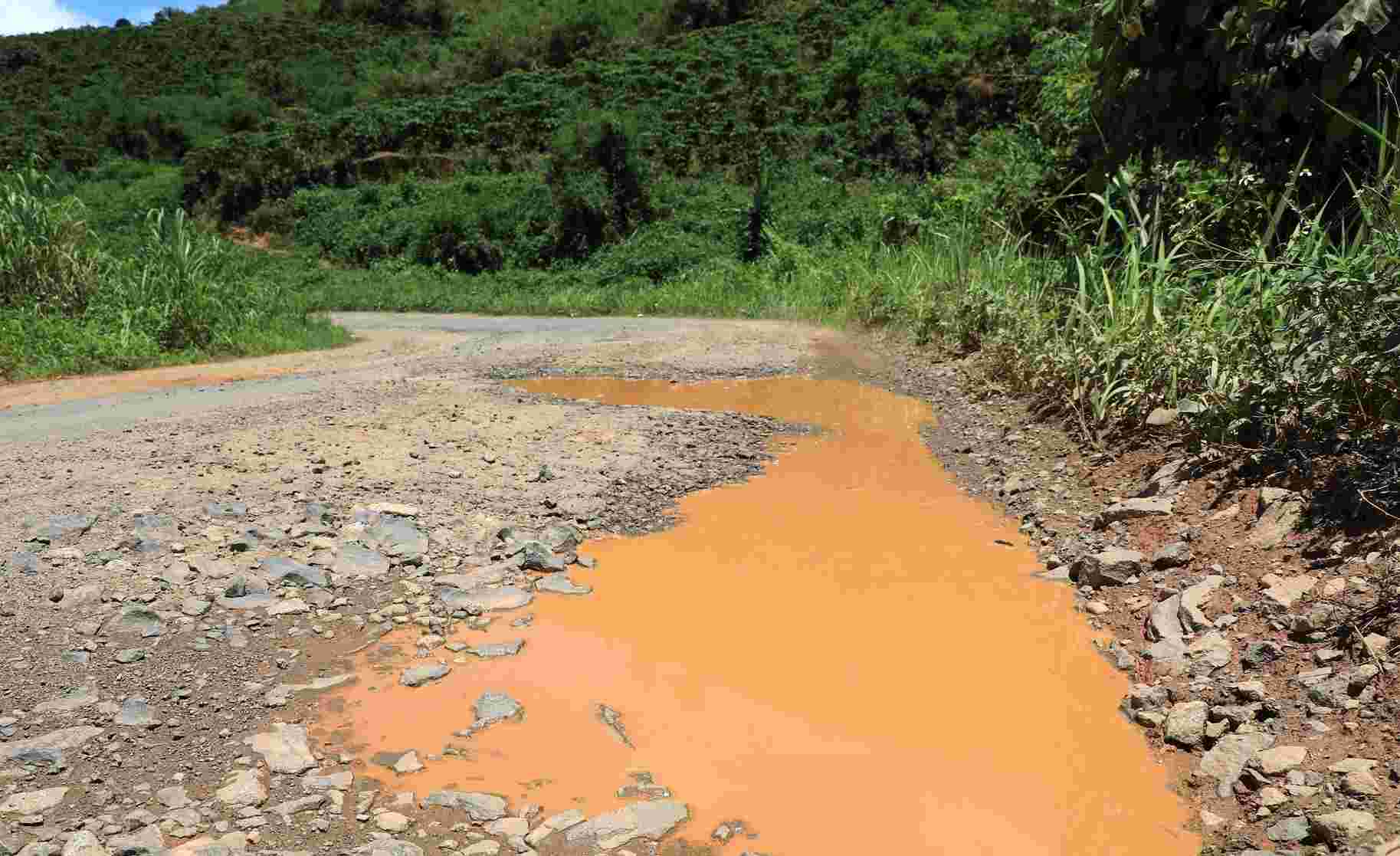Damaged and degraded arteries
In recent days, the weather in Dak Nong has entered the rainy season, which has led to deterioration on many traffic routes. The most serious of which is Provincial Road 4B.
Along this route, many sections have been severely damaged, the road surface is peeling, and many deep holes have appeared, causing traffic insecurity.
According to the assessment, with a length of 26.6km, Provincial Road 4B connecting from National Highway 28 through Quang Phu Commune (Krong No District) to Quang Hoa Commune (Dak Glong District), is considered the most severely degraded provincial road in the system of 6 provincial roads in the province.
From the center of Quang Hoa commune, people travel about 5km more to the center of Dam Rong district (Lam Dong).
According to the Dak Nong Provincial Department of Construction, this route was originally a district road, upgraded to a provincial road in 2012. However, due to damage from before, after repair, the road continued to deteriorate rapidly.
According to the People's Committee of Quang Phu commune, Provincial Road 4B passes through many residential areas and large livestock farms, increasing traffic volume. Bad roads seriously affect people's lives, production and economic development.
The road is small, narrow, winding, running around the Buon Tua Srah hydroelectric reservoir, but is the main axis connecting to Quang Hoa commune - an area of over 85km2 with about 95% of the population being ethnic minorities.
Currently, to get to the center of Dak Glong district, Quang Hoa people have to travel on a route of more than 70 km, which is very difficult during the rainy season.
Therefore, people often choose to follow Provincial Road 4B to National Highway 28, around Gia Nghia city and then to Quang Khe commune, with a distance of more than 100km.
The deterioration of Provincial Road 4B not only causes difficulties in travel but also poses a potential risk of accidents. The authorities of Dak Glong and Krong No districts have repeatedly recommended that the province soon invest in upgrading the road to create development conditions for ethnic minority areas.
Recently, Dak Nong province has allocated funds for maintenance, repair and temporary repair of severely damaged sections. However, because the road is too old, a comprehensive upgrade is necessary.

Step by step upgrading and perfecting
According to the Department of Construction of Dak Nong province, if properly invested, Provincial Road 4B can become a driving force to promote socio-economic development in remote areas.
The cost of upgrading the road according to the standards of asphalt concrete or cement concrete road surface is estimated at over 4 billion VND/km. In the context of limited budget conditions, the province has gradually renovated large slopes, widening the road surface to 5.5m with cement concrete, making traffic more convenient and safer.
In the 2023-2024 period, the province has spent about 30 billion VND to repair 9km of road. In 2025, Dak Nong will continue to allocate more than 13.6 billion VND to renovate more than 3km including the foundation, road surface and drainage system. Currently, the Department of Construction is selecting a contractor, expected to start construction in June 2025.
The leader of the Department of Construction said: "We will advise the province to arrange funding to upgrade the road in each stage. In the near future, Provincial Road 4B will be significantly improved, increasing connectivity and contributing to local socio-economic development".
